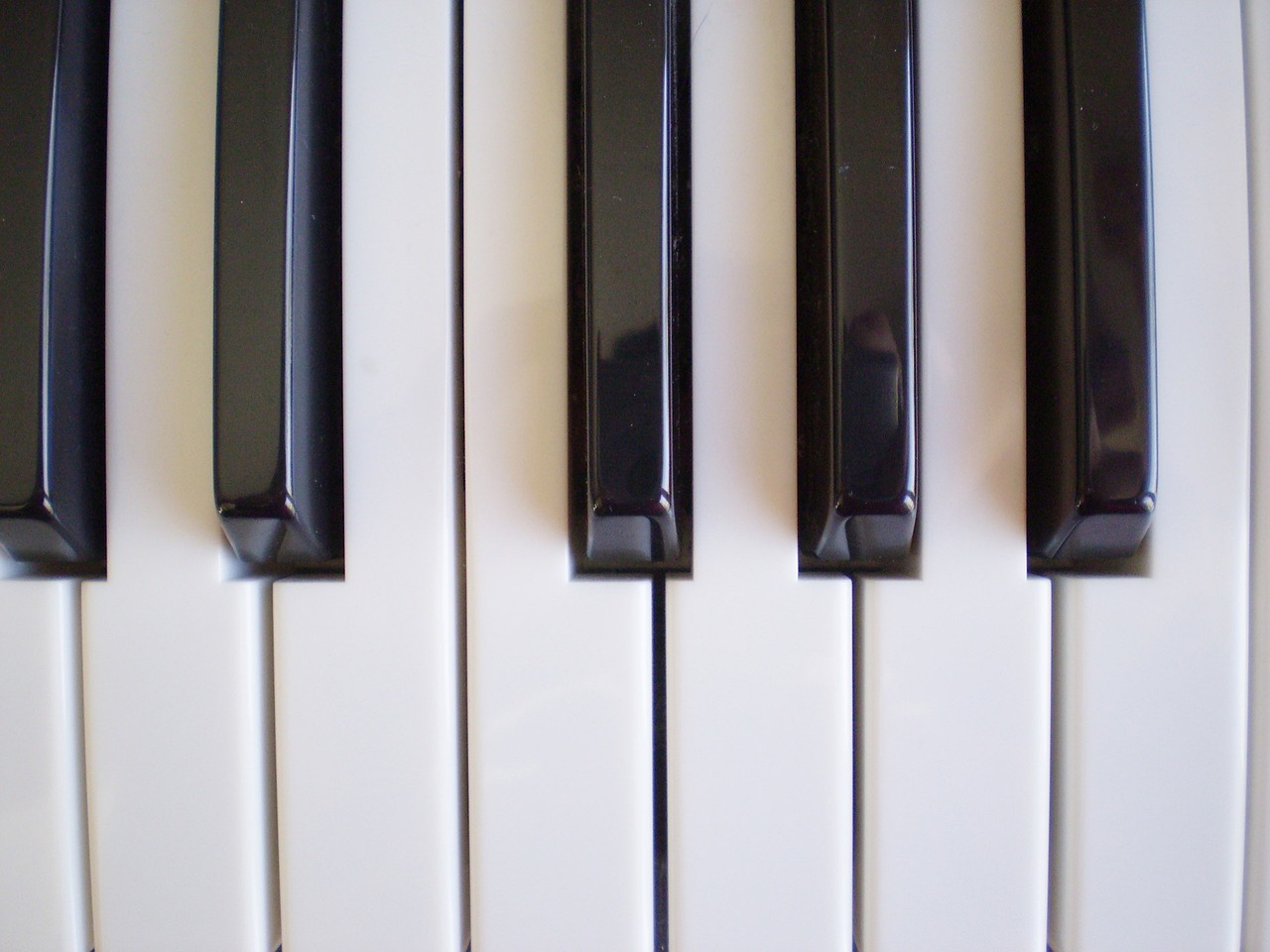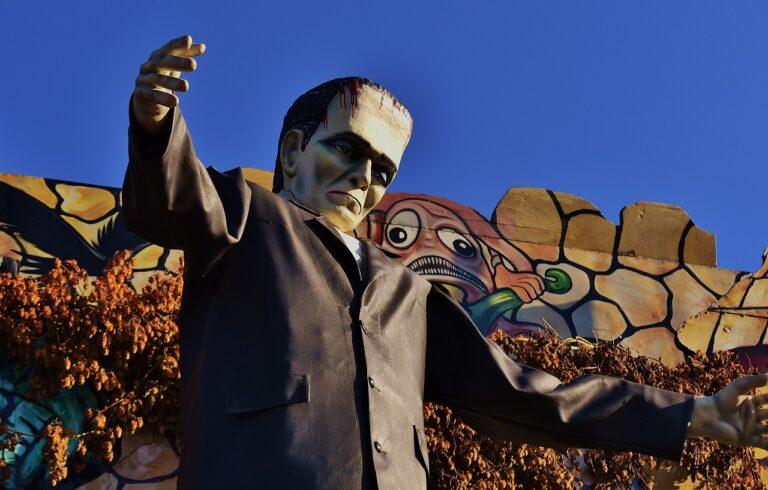From Vinyl to Streaming: The Evolution of Music Distribution
Vinyl records, with their distinct sound and tangible presence, played a crucial role in the early days of music distribution. The groove of a record spinning on a turntable brought music into homes and dance halls, revolutionizing the way people experienced and enjoyed their favorite tunes. In the mid-20th century, vinyl records dominated the music market, offering a physical medium that captured the essence of artists’ performances in a way that was both authentic and enduring.
The popularity of vinyl records not only reshaped the music industry but also fostered a culture of collecting and sharing music. Music enthusiasts eagerly awaited the release of new albums, eagerly examining album covers and liner notes while savoring the crackling sound of a needle touching down on the vinyl surface. The sentimental value attached to vinyl records transcended mere audio playback, turning music into a cherished artifact that connected listeners to the artists and eras that defined their musical tastes.
Cassettes and CDs: The Transition to Digital Formats
As technology advanced, cassettes and CDs marked a significant transition to digital formats in the music industry. Cassettes, while compact and portable, had limitations in terms of sound quality and durability. CDs, on the other hand, provided a clearer sound and were more resistant to wear and tear. This shift from analog to digital formats not only improved the listening experience for music enthusiasts but also revolutionized the way music was produced and distributed.
The introduction of CDs brought about a wave of change in how music was consumed and shared. With the ability to skip tracks easily and store a larger amount of music in a compact disc, CDs became a popular choice for music lovers. The transition to digital formats not only transformed the physical medium through which music was delivered but also paved the way for the digital revolution that was to come in the form of MP3 players and online streaming services.
• The transition from cassettes to CDs represented a shift towards digital formats in the music industry
• Cassettes had limitations in sound quality and durability compared to CDs
• CDs provided clearer sound and were more resistant to wear and tear
• CDs allowed for easy track skipping and storage of larger amounts of music
• The shift to digital formats revolutionized how music was consumed, produced, and distributed
MP3 Players: Changing the Way We Listen to Music
The introduction of MP3 players revolutionized the way we consume music. With the ability to store and play hundreds of songs on a single device, music lovers could now carry their entire music libraries in their pockets. This portability and convenience marked a significant shift from physically owning and playing individual CDs or cassettes.
Furthermore, MP3 players paved the way for digital music downloads and streaming services. As internet speeds improved and music became more accessible online, listeners could discover and enjoy a vast array of songs from around the world with just a few clicks. This shift from physical to digital music formats not only changed the way we listen to music but also influenced the music industry’s distribution and revenue models.
How did vinyl records contribute to the history of music distribution?
Vinyl records were the first widely used format for music distribution, allowing artists to reach larger audiences and giving listeners a physical copy of their favorite songs.
What role did cassettes and CDs play in the transition to digital formats?
Cassettes and CDs helped to make music more portable and accessible, setting the stage for the digital revolution in music distribution.
How have MP3 players changed the way we listen to music?
MP3 players have made it easier for people to carry thousands of songs in their pocket, allowing for personalized playlists and on-the-go listening experiences.







